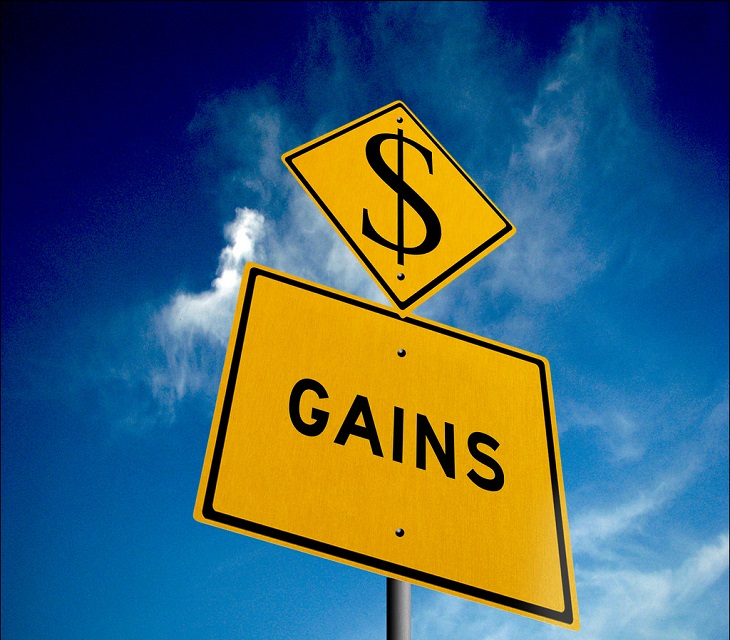“Aside from a handful of ETFs falling into one or more of these buckets, 2016 capital gains distributions from ETFs will be few and far between,” McCullough said.
Due to a strengthening U.S. dollar, currency-hedged ETFs will issue capital gains distributions. The funds must roll forward currency derivatives contracts on a regular basis to hedge against foreign exchange fluctuations, which triggers a capital gain as the dollar appreciates against the foreign currencies. Currency-hedged ETFs make up 14 of 22 ETFs with projected capital gains distributions of over 2% of their NAV.
The iShares MSCI Asia ex Japan Minimum Volatility ETF (NYSEArca: AXJV) is this year’s largest capital gains distributor at an estimated 25.9% of NAV, according to McCullough. AXJV tracks stocks from China, South Korea, Malaysia and Taiwan, and these countries don’t allow in-kind redemptions. Since rebalances are settled in cash, ETF providers can’t utilize the tax-efficient tool.
Fixed-income ETFs are probably one of the most prominent areas where investors will see capital gains distributions as many of these funds have billions in assets under management, reflecting their widespread usage. The only saving grace is that the estimated capital gains distributions are quite small, typically totaling less than 1% of the ETFs’ NAV. For instance, the Vanguard Total Bond Market ETF (NYSEArca: BND) has $31.3 billion in AUM and is expected to incur a capital gains distribution of 0.04% of NAV.
“From an ETF sponsor perspective, those with the most currency-hedged or fixed-income offerings have the greatest number of ETFs expected to distribute capital gains,” McCullough said.
Blackrock’s iShares and State Street Global Advisors each have an estimated 21 of their ETFs will issue capital gains, followed by Deutsche X-trackers with 10, WisdomTree with 9 and Guggenheim with 9.
For more information on ETFs, visit our ETF 101 category.
